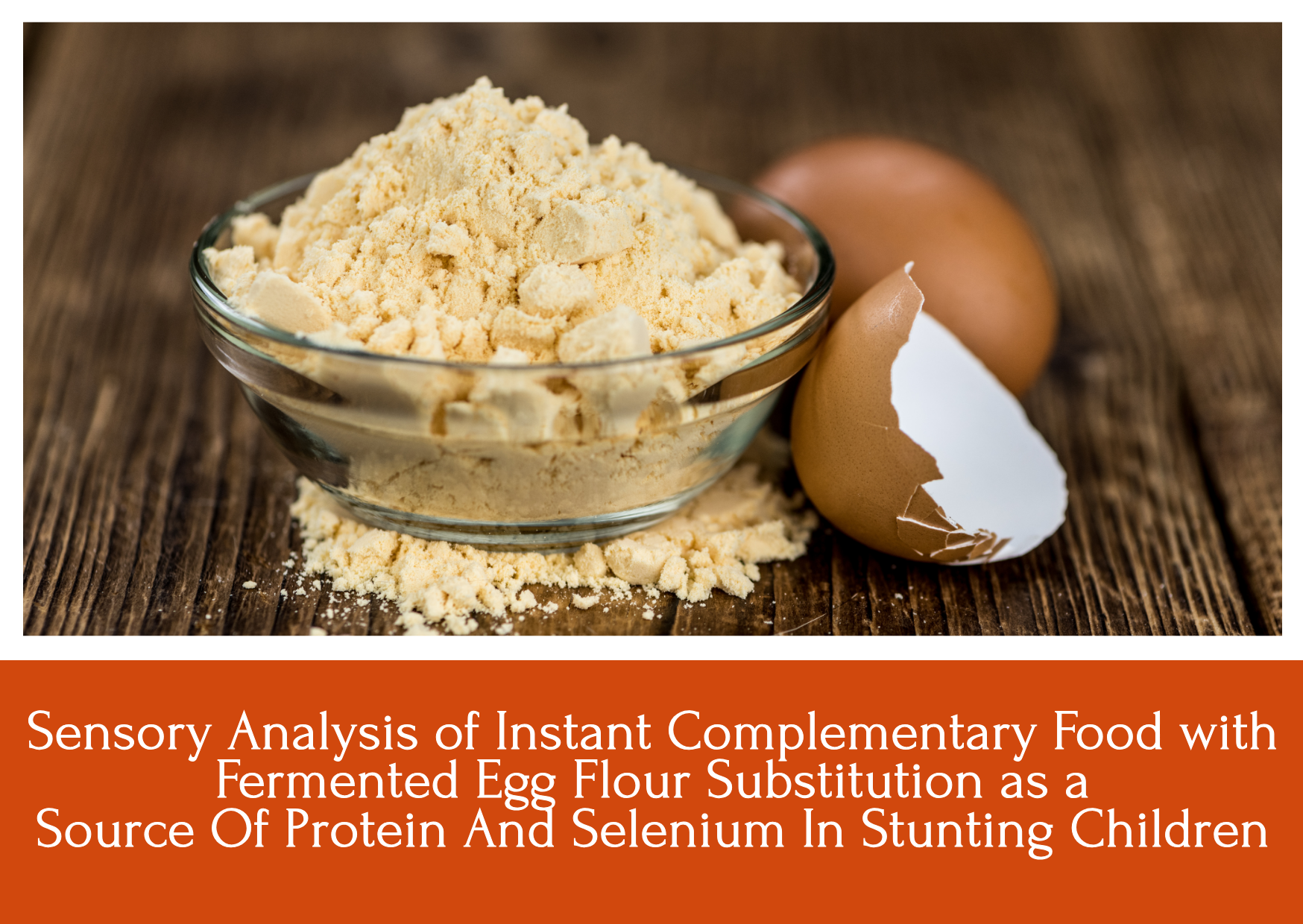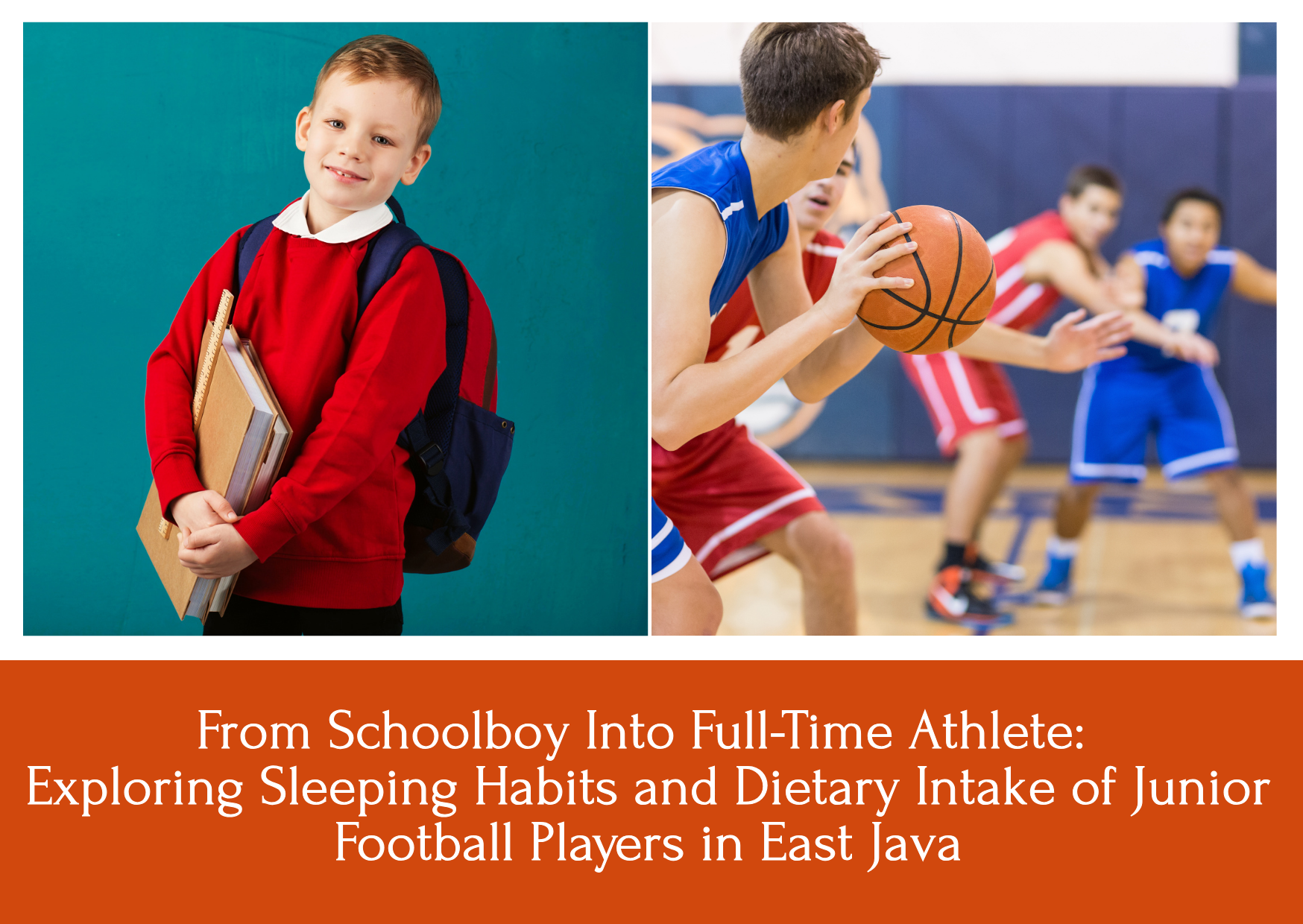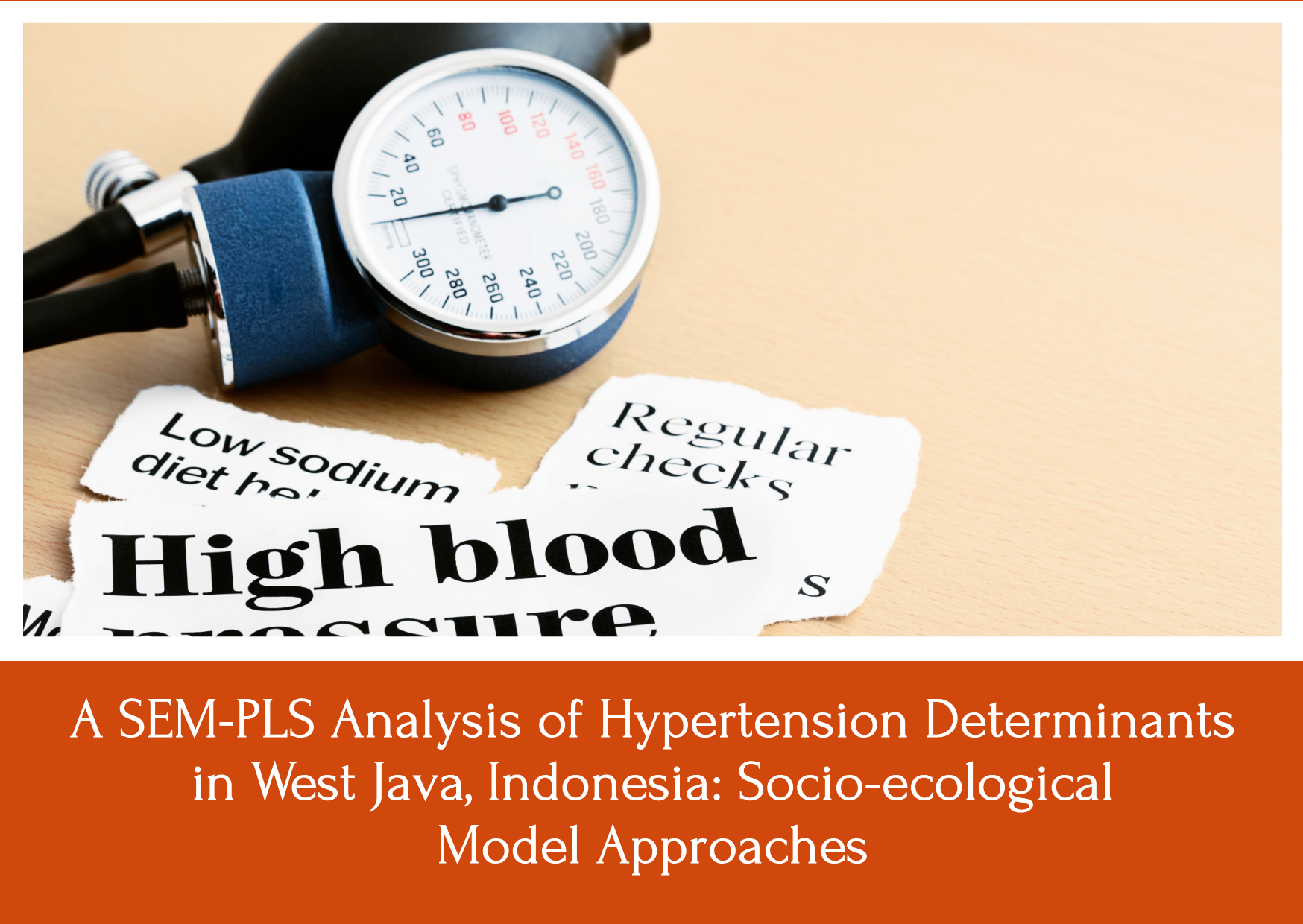FAKTOR YANG BERHUBUNGAN DENGAN KEJADIAN STUNTING PADA BALITA
Downloads
Stunting reflects chronic undernutrition during the most critical periods of growth and development in early life. Stunting can be caused by many factors such as child characteristic and socioeconomic factors. The aim of this study was to determine factors associated to stunting among children under five. This research was an analitycal observational study using case control design in Puskesmas Tanah Kali Kedinding, Surabaya. The samples were 34 subject for each group which were selected by simple random sampling technique. Data were analyzed by Chi Square and Fisher Exact test. The result showed that low birth length (OR=4,091; CI=1,162-14,397), children who did not get exclusive breastfeeding (OR=4,643; CI=1,328-16,233), low family income (OR=3,250; CI=1,150-9,187), low mother's education (OR=3,378; CI=1,246-9,157), and lack of mother's nutrition knowledge (OR=3,877; CI=1,410- 10,658) had significant relationship with stunting among children under five. There was a relationship between birth length, exclusive breastfeeding, family income, mother's education and mother's nutrition knowledge with stunting among children under five. The need for an integrated and multisectoral programs to increase family income, maternal education, maternal nutrition knowledge, and exclusive breastfeeding for reducing the incidence of stunting.
Keywords: children, socioeconomic, stunting
Adair, L. S., & Guilkey, D. K. (1997). Age speciï¬c determinant of stunting in Filipino children. The Journal of Nutrition, 127, 314-320. Diakses dari The Journal of Nutrition database.
Ariï¬n, D. Z., Irdasari, S. Y., & Handayana, S. (2012). Analisis Sebaran dan Faktor Risiko Stunting pada Balita di Kabupaten Purwakarta. Diakses dari http://www.pustaka.unpad.ac.id
Anugraheni, H. S. (2012). Faktor Risiko Kejadian Stunting pada anak usia 12-36 bulan di kecamatan Pati, Kabupaten Pati (Skripsi, Universitas Diponegoro, Semarang). Diakses dari http://www.ejournal-s1.undip.ac.id
Bishwakarma, R. (2011). Spatial Inequality in Children Nutrition in Nepal: Implications of Regional Context and Individual/Household Composition. (Disertasi, University of Maryland, College Park, United States). Diakses dari http:// hdl.handle.net/1903/11683
Candra, A. (2013). Hubungan underlying factors dengan kejadian stunting pada anak 1-2 tahun. Journal of Nutrition and Health, Vol.1, No.1. Diakses dari http://www.ejournal.undip.ac.id
Departemen Kesehatan Republik Indonesia. (2013).Laporan Riset Kesehatan Dasar tahun 2013. Jakarta: Balitbangkes.
Fikadu, T., Assegid, S. & Dube, L. (2014). Factor associated with stunting among children age 24 to 59 months in Meskan District, Gurage Zone, South Ethiopia: A case-control study. BMC Public Health, 14(800). Diakses dari http:// www.biomedcentral.com/1471-2458/14/800.
Henningham, H. B. & McGregor, S. G. (2009).
Gizi dan perkembangan anak. In Gibney, M. J. dkk (Eds.), Gizi kesehatan masyarakat. Jakarta: Penerbit Buku Kedokteran ECG.
Ikeda, N., Yuki, I., & Shibuya, K. (2013).
Determinants of reduced child stunting in Cambodia: Analysis of pooled data from three demographic and health surveys. Bulletin of the World Health Organization, 91, 341-349. doi http://dx.doi.org/10.2471/BLT.12.113381.
Kolbrek, M. (2011). Malnutrition and associated risk factors in children aged 6-59 months in urban Indonesia (Master's thesis, University of Oslo, Oslo, Norway). Diakses dari http:// www.duo.uio.no
Kurniasih dkk. (2010). Sehat dan bugar berkat gizi seimbang. Jakarta: Gramedia.
Kusharisupeni. (2002). Peran status kelahiran terhadap stunting pada bayi: Sebuah studi prospektif. Jurnal Kedokteran Trisakti, 23(3),
-80. Diakses dari http://www.univmed.org/ wp-content/uploads/2011/02Kusharisupeni. pdf
Lestariningsih, S. (2000). Gizi prima bayi dan balita: Seri ayah bunda. Jakarta: Yayasan Aspirasi Pemuda.
Meilyasari, F. & Isnawati, M. (2014). Faktor risiko kejadian stunting pada balita usia 12 bulan di Desa Purwokerto Kecamatan Patebon, Kabupaten Kendal. Journal of Nutrition College,
(2), 16-25. Diakses dari http://www,ejournal- s1.undip.ac.id
Nasikhah, R dan Margawati, A. (2012). Faktor risiko kejadian stunting pada balita usia 24-36 bulan di Kecamatan Semarang Timur. Journal of Nutrition College,1(1). Diakses dari http:// www.ejournal-s1.undip.ac.id
Paudel, R., Pradhan, B., Wagle, R. R., Pahari, D.P.,
& Onta S. R. (2012). Risk factors for stunting among children: A community based case control study in Nepal. Kathmandu University Medical Journal, 10(3), 18-24.
Ramli, Agho, K. E., Inder, K. J., Bowe, S. J.Jacobs, J. & Dibley, M. J. (2009). Prevalence and risk factors for stunting and severe stunting among under-ï¬ves in North Maluku Province of Indonesia. BMC Pediatrics, 9-64. doi:10.1186/1471-2431-9-64.
Sjahmien, M. (2003). Ilmu gizi jilid 2. Jakarta: PT Bharatara Niaga Media.
Soetjiningsih. (1995). Tumbuh kembang anak.
Jakarta: Penerbit Buku Kedokteran ECG.
Suhardjo. (2003). Berbagai cara pendidikan gizi. Jakarta: Bumi Aksara.
Taguri, A., Betilmal, I., Mahmud, S. M., Ahmed, A. M., Goulet, O., Galan, P., & Hercberg, S. (2009). Risk factor for stunting among under ï¬ve in Libya. Public Health Nutrition, 12(8),1141-1149.
Tiwari, R., Ausman, L. M., Argho, K. E. (2014). Determinants of stunting and severe stunting among under-fives: evidence from 2011
Nepal Demographic and Health Survey. BMC Pediatrics, 14, 239. Diakses dari http://www. biomedcentral.com/1471-2431/14/239
Umboh, A. (2013). Berat lahir rendah dan tekanan darah pada anak. Jakarta: Sagung Seto.
UNICEF. (2013). Improving child nutrition, the achievable imperative for global progress. New York: United Nations Children's Fund.
UNICEF. (2012). Ringkasan kajian gizi Oktober 2012. Jakarta: UNICEF Indonesia.
WHO. (2014). WHA global nutrition targets 2025: Stunting policy brief. Geneva: World Health Organization.
WHO. (2010). Nutrition landscape information system (NLIS) country profile indicators: Interpretation guide. Geneva: World Health Organization.
- MEDIA GIZI INDONESIA Journal is the copyright owner of all materials published on this website.
- The formal legal provisions for access to digital articles of this electronic journal are subject to the terms of the Creative Commons Attribution-NonCommercial-ShareAlike license (CC BY-NC-SA 4.0), which means that MEDIA GIZI INDONESIA Journal and readers reserve the right to save, transmit media / format, manage in database, maintain, and publish articles as long as it continues to include the name of the Author.
- Printed and published print and electronic manuscripts are open access for educational, research and library purposes. In addition to these objectives, the editorial board shall not be liable for violations of copyright law.


2.png)




















